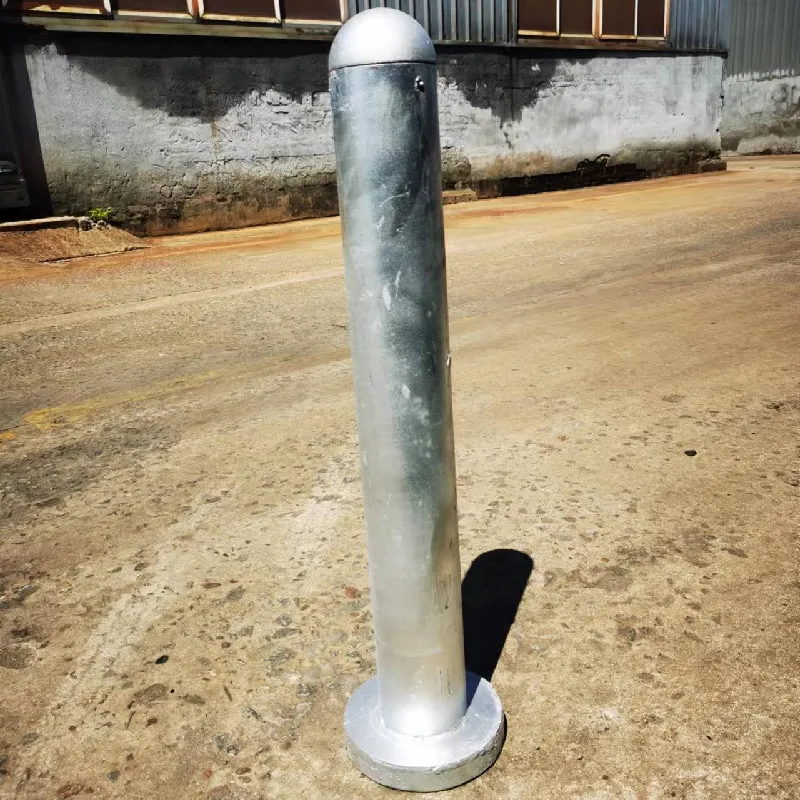Understanding the Functionality and Applications of Pneumatic Butterfly Valves in Industry
Pneumatic Butterfly Valve A Comprehensive Overview
A pneumatic butterfly valve is an essential component in various industrial applications, utilized for regulating flow in process systems. Its design, which features a circular disc or butterfly that pivots around a shaft, allows for efficient control of liquid, gas, or steam flow within a pipeline. The simplicity and effectiveness of this mechanism have made it a popular choice in many sectors including water treatment, chemical processing, and HVAC systems.
One of the primary benefits of a pneumatic butterfly valve is its automation capabilities. When paired with pneumatic actuators, these valves can be operated remotely, allowing for seamless integration into automated systems. The pneumatic actuator transforms compressed air into mechanical energy, facilitating swift opening and closing of the valve. This results in rapid response times, making them ideal for applications requiring precise flow control.
Another significant advantage of pneumatic butterfly valves is their lightweight and compact design, which facilitates installation in confined spaces. Unlike some other valve types, the butterfly valve's disc occupies minimal space, reducing the overall footprint of the piping system. Furthermore, with fewer moving parts, these valves are generally easier to maintain and typically have a longer lifespan, proving to be a cost-effective choice in the long haul.
pneumatic butterfly valve

In terms of flow regulation, pneumatic butterfly valves excel due to their ability to maintain a consistent flow rate across a wide range of applications. They provide a linear flow characteristic, making it easier to calibrate and control the exact flow rates required in a system. This feature is particularly advantageous in processes where precision is critical, as it allows for adjustments without significant changes to downstream pressure.
However, like any industrial component, pneumatic butterfly valves also have their limitations. For instance, they may not be suitable for applications involving highly viscous fluids or for those requiring tight sealing under high pressure. In such cases, alternative valve types, such as ball or globe valves, might be more appropriate.
The materials used in the construction of pneumatic butterfly valves are also vital considerations. Common materials include stainless steel, carbon steel, and various alloys, each selected based on the specific application and medium being controlled. This adaptability further enhances their usability across various industries.
In conclusion, pneumatic butterfly valves are integral to modern industrial systems, combining the advantages of automation, compact design, and effective flow control. Their efficiency and ease of maintenance make them a preferred choice for many engineers and operators. As industries continue to advance, the role of pneumatic butterfly valves in improving process efficiency and reliability is likely to grow even more significant.
-
The Smarter Choice for Pedestrian AreasNewsJun.30,2025
-
The Gold Standard in Round Drain CoversNewsJun.30,2025
-
The Gold Standard in Manhole Cover SystemsNewsJun.30,2025
-
Superior Drainage Solutions with Premium Gully GratesNewsJun.30,2025
-
Superior Drainage Solutions for Global InfrastructureNewsJun.30,2025
-
Square Manhole Solutions for Modern InfrastructureNewsJun.30,2025
-
Premium Manhole Covers for Modern InfrastructureNewsJun.30,2025
